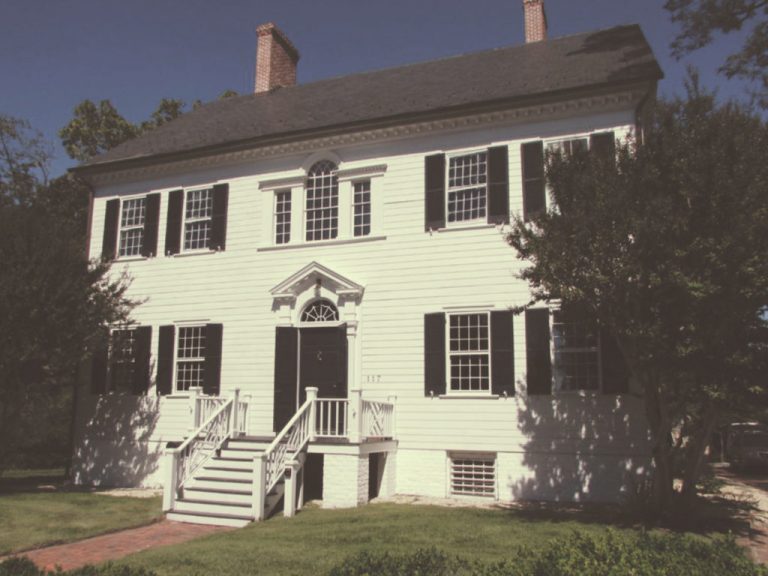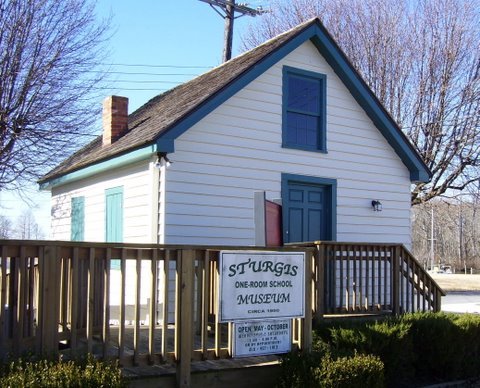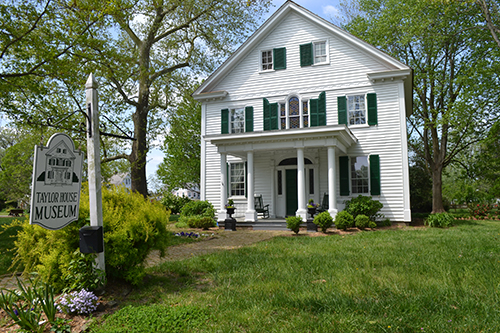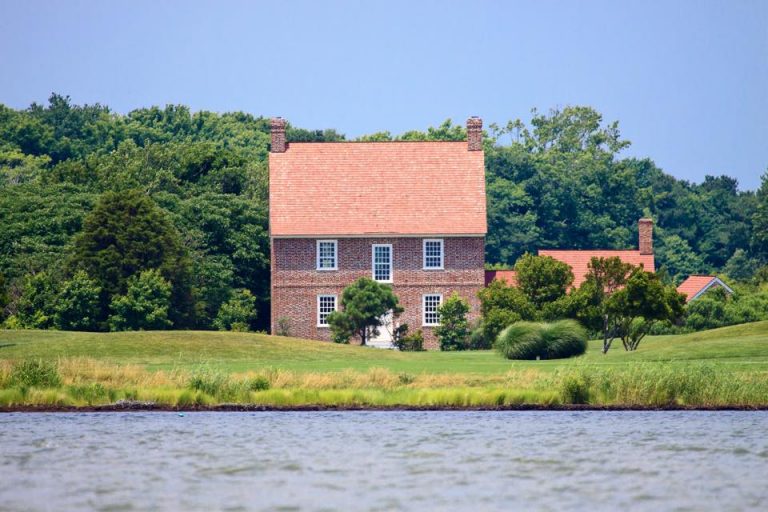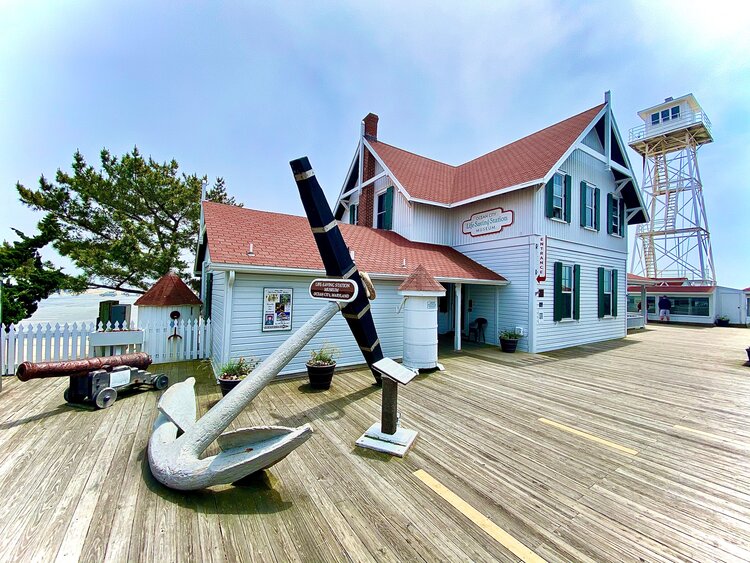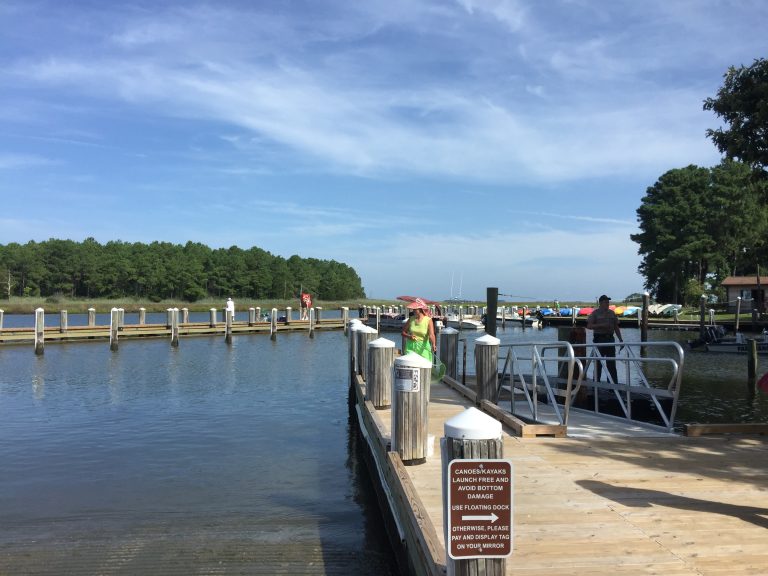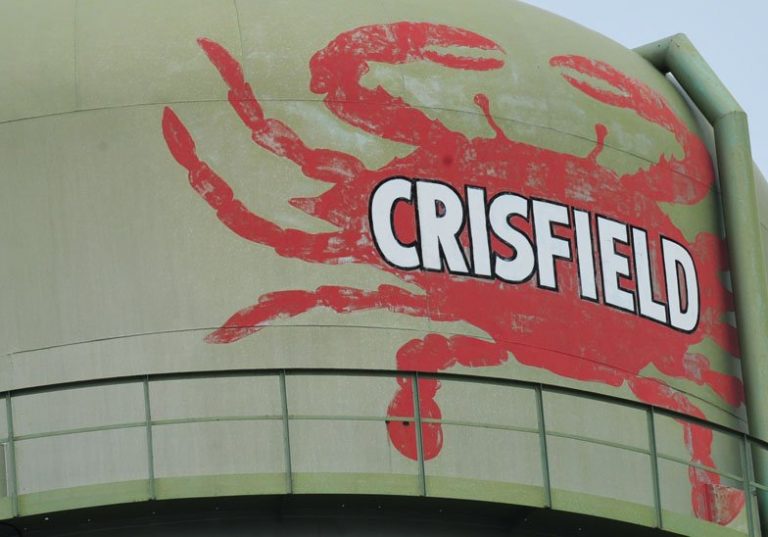All Places in Maryland
-
In 1795, Major Levin Handy took out a deed for 357 acres of the original 700 acre land patent called “Pembertons Good Will.” The house Handy began in 1795-96 was an ambitious Federal-style structure, outdistancing most buildings in the area in size and fine detail. When Handy died, the unfinished house was eventually sold to Dr. John Huston, Salisbury’s first surgeon, who Read more...
-
Tucked away on Maryland’s lower eastern shore, Pocomoke River State Park is well known for cypress swamps that border the Pocomoke River. The river originates in the Great Cypress Swamp in Delaware and flows southwesterly 45 miles to the Chesapeake Bay. The park provides a base for a vast array of outdoor and tourist activities including fishing, biking, birding, boating, Read more...
-
Sturgis One Room School Museum, formerly known as Sturgis School, is the only African American One Room School in Worcester County retaining its original integrity. It is a small structure built about 100 years ago on Brantley Road on land that was purchased by William Sturgis in 1888. Sturgis One Room School operated as a school for 37 years. Grades 1 Read more...
-
From 1828-1850 the Nassawango Iron Furnace was in its heyday. Many workers – miners, sawyers, colliers, molders, draymen, and bargemen – labored to make iron. Furnace Town (also called Nescongo or Nasseongo) was a company town, built by the Maryland Iron Company. About 300 people lived and worked here. There were blacksmiths, broom makers, wainwrights, wheelwrights, bakers, cobblers, coopers, and Read more...
-
Built in 1832 for Isaac Covington and his family, this gable-fronted, Federal-style house was saved from demolition in 1981 and now swerves as a Town museum of local history. In the early 19th century, this house was the home of Robert J. Henry, who was instrumental in bringing the railroad to Berlin. In the 1890s and early 20th century it was Read more...
-
A 1740s merchant-planter’s home overlooking Assateage Island and scenic Sinepuxent Bay. Rackliffe House was constructed in the 1740s by Captain Charles Rackliffe, the merchant-planter grandson of one of the earliest English immigrants to Maryland’s seaside. The large two-story, three-bay Manor House features Flemish bond brickwork with random glazed headers, a steeply pitched gabled roof with kicked eaves, and large windows. Read more...
-
The Ocean City Life-Saving Station Museum, located on the board walk at the inlet, inspires and supports the interpretation and appreciation of the cultural and natural history of Ocean City, Maryland, the Worcester County coastal region, and equally, the historical role performed by the United States Life-Saving Service, and preserves with subsequent mandate the 1891 structure that once served as Read more...
-
Assateague State Park is Maryland’s only oceanfront park. It is located on Assateague Island, a barrier island bordered by the Atlantic Ocean on the east and the Sinepuxent Bay on the west. Its two miles of ocean beaches offer swimming, beachcombing, sunbathing, surfing and fishing. The bayside offers visitors the chance to explore secluded coves by canoe or kayak. The Read more...
-
Located just outside of Crisfield on Maryland’s Eastern Shore, Janes Island State Park offers visitors a unique opportunity to enjoy the beauty and bounty of the Chesapeake Bay. Within the mainland portion of the park are the campground, with 103 campsites, rental cabins, a lodge, picnic areas, pavilions, and the boat ramp and marina. Read more...
-
The waterside community of Crisfield in Somerset County, MD is the southernmost town in Maryland. Located on the Eastern Shore of the Chesapeake Bay, Crisfield is famous for its seafood – especially the Maryland blue crab – its Watermen, wildlife, natural beauty, simple lifestyle and strong sense of community built on faith and hard work. Read more...
